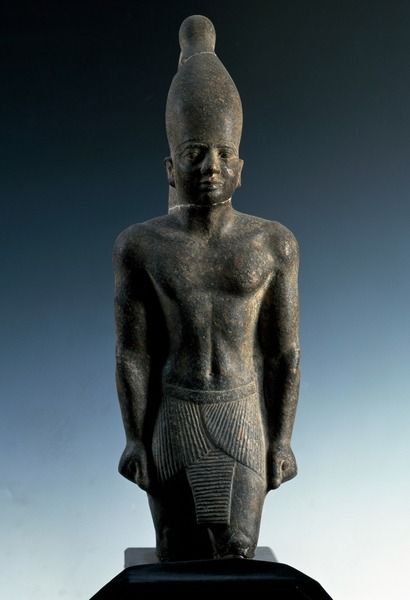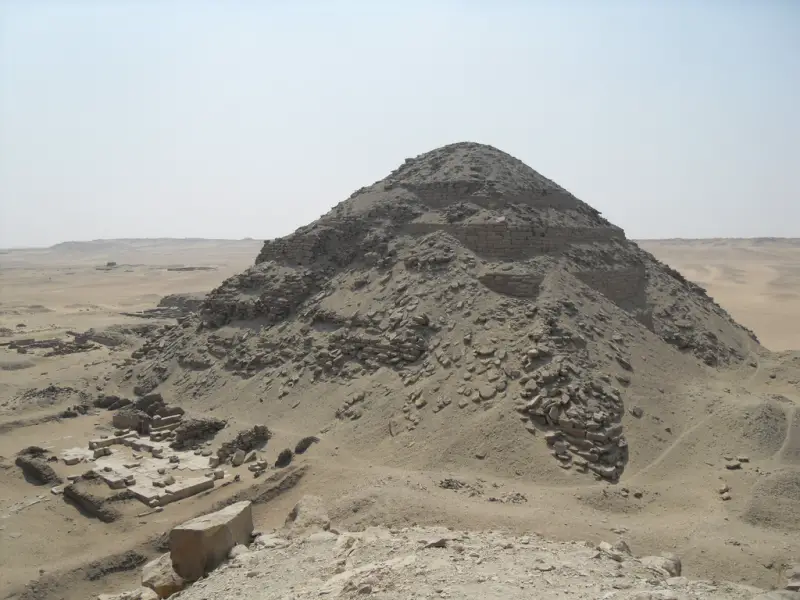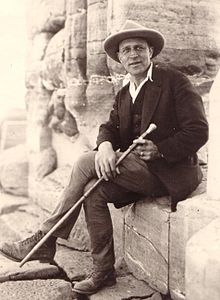Introduction
Egypt has been known as a country pyramids. Generally, Pyramids refer to the huge triangle monuments specifically associated with funerary practices of ancient people. But, some experts describe their astronomical values as well. In Latin America also, pyramids can be seen. But, in Egypt, pyramids are numerous in number.
Pharaoh Neferefre
Neferefre was an ancient Egyptian pharaoh. He belonged to the Fifth Dynasty of the Old Kingdom Period. This period lasts from 2686 – 2181
BCE. He was the eldest son of pharaoh Neferirkare Kakai.

Location of the Pyramid
The exact location of the pyramid of Neferefre is the Abusir Necropolis. It is an Old Kingdom Period necropolis located near Cairo, the modern capital city of Egypt. The location of this pyramid is on the south-west side of the pyramid of his father, Neferirkare Kakai.

The Pyramid of Neferefre
The pyramid of Neferefre is an unfinished pyramid complex. Its other name is the Pyramid of Raneferef. It is the last pyramid to be built on the Abusir diagonal line. This line connects the Abusir pyramids with Heliopolis. Heliopolis was the capital of the Heliopolite Nome of Lower Egypt.


The Discovery of the Pyramid
Archaeologists started surveys in the Abusir Necropolis during the first half of the nineteenth century. But they have given very less attention to this pyramid. John Shae Perring, Karl Lepsius and others initiated limited investigations. But Egyptologist Borchardt, for the first time initiated a trial excavation at this site. Thus, it helped at least to know some aspects of the site.



An Unfinished Excavation & A Long Wait
It is true that Borchardt initiated a trial excavation and tried to give full attention to the site. But it was an unfinished excavation. Because he couldn’t locate the passageway of the pyramid. There is a story behind this.
Borchardt was working at the site. He made an understanding that he could be able to find the passageway at a very early stage of the excavation. When he thought, that the passageway couldn’t be located, he stopped the excavation. So, he thought the structure to be unfinished. The surprising fact is that the passageway was only a few meters ahead of the point where he stopped his work! Thus, for a long time, archaeologists thought it to be an incomplete pyramid.

The 1970s & The End of An Confusion
The archaeology fraternity in Egypt was confused about the exact function and the owner of this structure. But the era of the 1970s cleared this confusion. All credit goes to the Charles University at Prague. A team of archaeologists started intensive research at the site. They also discovered the passageway. Thus, in this way, the real owner and the exact function of the pyramid has been able to be established. So, it helped to eradicate the confusion.
The Mortuary Complex
A mortuary complex of the Old Kingdom Period generally has five components. These are a valley temple, a causeway, a mortuary temple, a cult pyramid, and the main pyramid. But here, we cannot find all these five components. Only the mortuary temple is there along with the incomplete main pyramid.

The Mortuary Temple
It was the decade of the 1970s. The team of archaeologists from Charles University unearthed the remains of the mortuary temple at the site. According to their hypothesis, pharaoh Nyuserre and Shepseskare directed the construction of this pyramid in three stages. Thus, we can say that the area was obviously functional.
The mortuary temple is an important repository of ancient Egyptian culture. Because archaeologists have recovered a number of valuable artifacts from the temple. A statuette of pharaoh Neferefre is one of them. The raw material of the statuette is limestone.